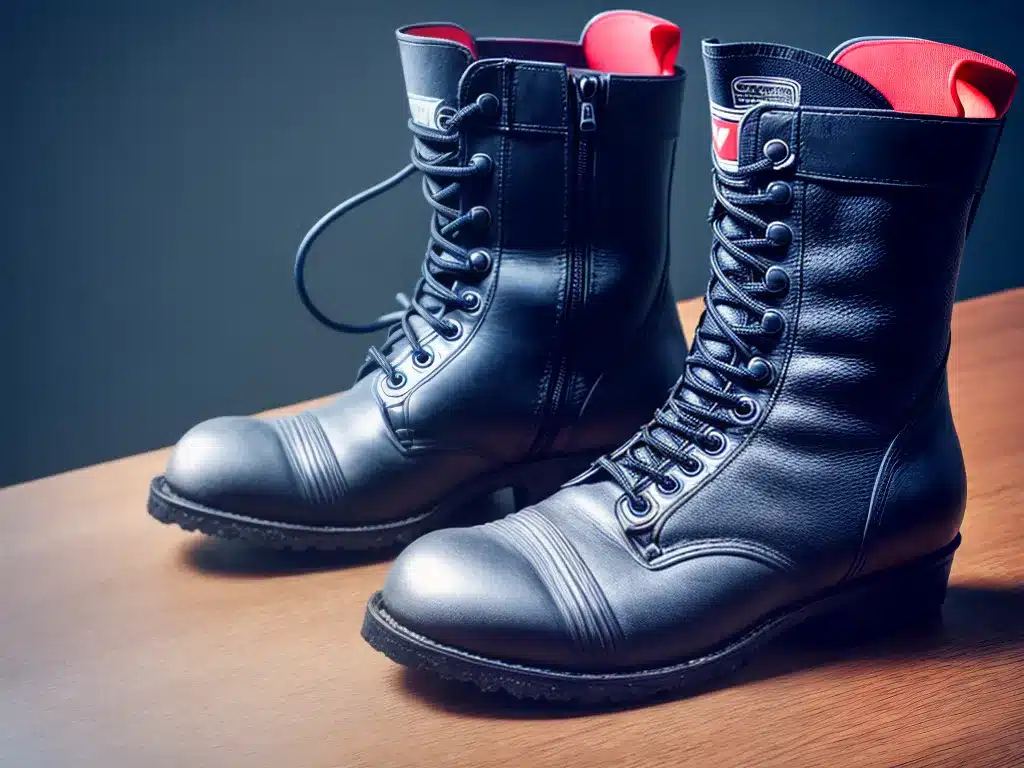
Having issues with your computer booting up properly can be incredibly frustrating. Whether you’re getting cryptic error messages, crashes during startup, or just an unresponsive black screen – it prevents you from getting any work done on your PC.
The good news is that boot issues are usually fixable with a few troubleshooting steps. Here I’ll walk you through the top solutions that have helped me resolve various startup and boot problems on my own computers.
1. Run Startup Repair
The Windows Startup Repair tool is designed to automatically diagnose and fix common issues that are preventing Windows from starting properly.
It’s always the first thing I try when having boot troubles, and it often resolves simple issues like corrupt system files or improper shutdowns.
Here’s how to run Startup Repair on Windows 10:
- Force shutdown your PC by holding the power button.
- Restart your computer and press the F8 key as soon as you see the manufacturer’s logo. This will bring up the Advanced Boot Options menu.
- Select the Startup Repair option and hit Enter. Windows will scan for issues and attempt to repair them automatically.
Startup Repair will revert any recent system changes that may be causing conflicts, fix drive errors, and replace corrupt system files. It only takes a few minutes to complete.
2. Boot into Safe Mode
Booting into Safe Mode starts Windows with only the bare essential drivers and services. This isolates potential conflicts with problematic software.
If you can boot successfully in Safe Mode, then a misbehaving app or driver is likely causing the standard boot issues.
Here’s how to access the Safe Mode options on Windows 10:
- Force restart your PC and press F8 during boot to open Advanced Boot Options.
- Select Safe Mode or Safe Mode with Networking using the arrow keys and hit Enter.
Now you’ll be able to log in to Windows in a limited state. Check if the boot issue is resolved in Safe Mode. If so, a recently installed app or driver is likely the culprit.
3. Roll Back Recent Driver Updates
Problematic driver updates are one of the most common causes of sudden startup errors.
Rolling back to a previous version of the driver can instantly resolve boot problems in many cases.
Here’s how to roll back driver updates:
- Boot into Safe Mode as shown above.
- Open the Device Manager (devmgmt.msc).
- Expand the device category causing issues and right-click the device.
- Select Properties > Driver tab > Roll Back Driver.
This will revert the driver to the previously installed version if available. Then restart and check if the startup issue is fixed.
4. Repair or Replace Damaged Hard Drive
If basic troubleshooting hasn’t resolved the boot problems, it’s possible you have a physical issue with your hard drive.
Corrupted sectors, damaged components, or other drive errors can certainly prevent Windows from starting up properly.
Try scanning for and repairing errors using chkdsk /r in the command prompt. If the drive can’t be repaired, it will need to be replaced before Windows will function normally again.
5. Refresh the Windows Installation
As a last resort, performing a refresh of Windows will reinstall all system files and drivers – potentially fixing deeply embedded startup issues.
Note this will remove all installed apps and settings. Backup important data first.
Then follow these steps to refresh Windows 10:
- Boot into the Windows Recovery Environment (press F8 during boot and select this option).
- Choose Troubleshoot > Reset this PC > Keep my files.
- Follow the prompts to reinstall Windows system files while retaining your personal files.
This has resolved stubborn boot issues for me that couldn’t be fixed with other methods.
Summary
- Try Startup Repair first to automatically fix boot files.
- Boot into Safe Mode to check for software conflicts.
- Roll back recent driver updates using the Device Manager.
- Run chkdsk /r to fix drive errors. Replace defective drives.
- Refresh Windows to completely reinstall system files.
Persisting with these solutions should help you narrow down and resolve virtually any common boot issues. But if problems continue even after refreshing Windows, the underlying hardware may need servicing by a professional.












